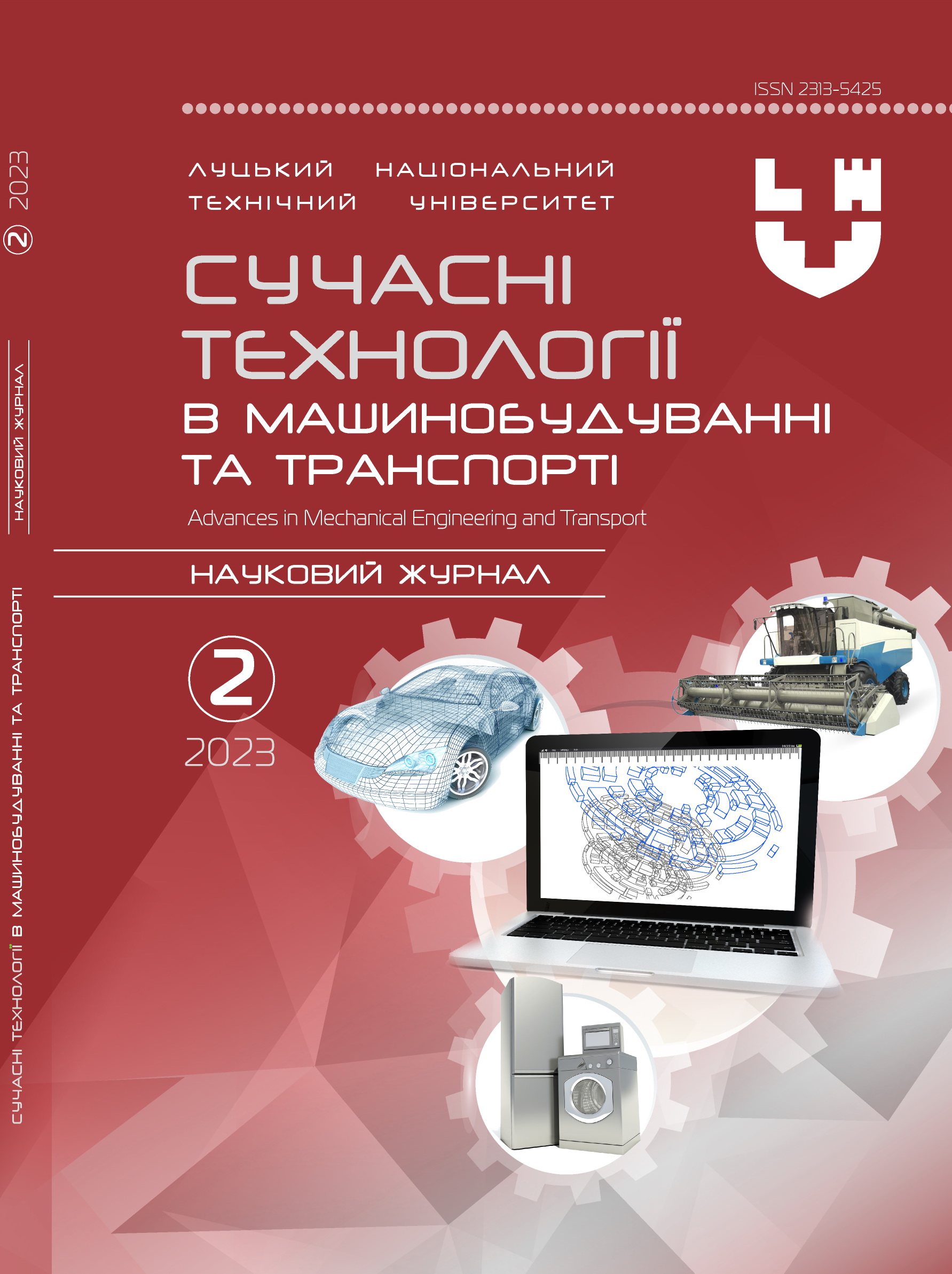Development of multi-pass laser welding technology for butt joints of 25Kh2NMFA heat-resistant steel
Abstract
Various arc welding methods are used for manufacturing of structures from heat-resistant steels. High values of thermal and power inputs lead to the formation of an overheating microstructure in the weld as well as in the heat affected zone (HAZ), which contributes to the formation of hot and cold cracks, coupled with a reduction in its impact strength. The modern period of development of welding technologies is characterized by the increasing use of laser technology for the manufacture and repair of critical thick-walled products out of alloyed high-strength steels. The main reason for it lies largely on the development of more powerful, economical and cheaper generation of lasers, as well as methods of hybrid and combined laser-arc, laser-plasma and similar processes. Laser welding of thick-walled parts is associated with overcoming significant technological difficulties due to the peculiarities of laser radiation and the design of the welded thick metal parts. As a result of the research, the technology of laser welding of weld roots in butt joints made out of heat-resistant 25Kh2NMFA steel with and without filler wire was developed and tested. The influence of joint edge processing on the geometry of welded joints was investigated. The U-shaped edge treatment was chosen, which contributes to the production of high-quality welds with good formation of the back roll. The rational ranges of changes in welding modes for the weld root and subsequent passes were determined. The evaluation of variants for two technological schemes for filling the edge development was carried out. It is established that laser welding of heat-resistant steels should be performed with preliminary and concomitant heating to the temperatures of 250-300 °C. It is shown that multi-pass laser welding of heat-resistant steels provides the required mechanical properties of the weld metal and welded joints.
Keywords: heat-resistant steel, butt welded joints of large thickness, laser welding, technology, structure, mechanical properties.




